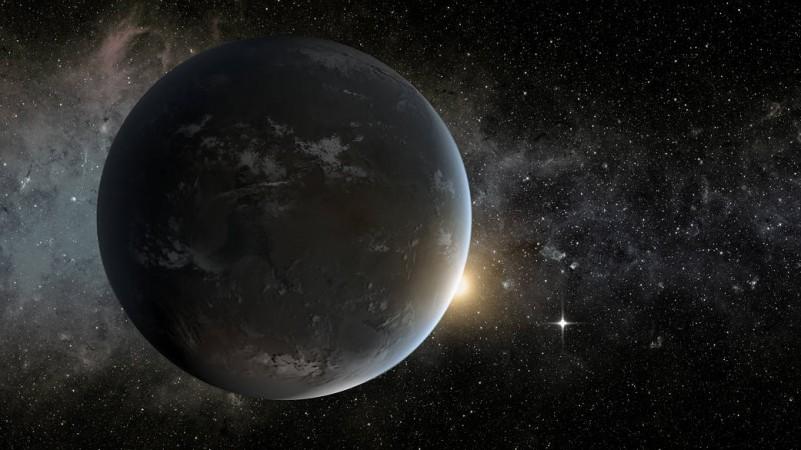
It's time for super-Earth fanatics to rejoice! In a research conducted at the Harvard-Smithsonian Center for Astrophysics (CfA), three super-Earth planets were discovered to be orbiting a star about 100 light-years away from our solar system.
Over the decades, science has been able to prove that almost every star is surrounded by planets of various sizes – ranging from those bigger than Jupiter to those roughly around the size of Neptune, and the ones which are somewhat the size of Earth.
However, the most common of these exoplanets happens to be the ones that are smaller than Neptune but slightly bigger than Earth – and they are referred to as super-Earth planets; and the ones discovered by this particular study have radii of about 1.6, 1.3, and 2.1 Earth-radii respectively.
The star which was discovered to be at the center of the three planets' orbits is called GJ9827, and is one of the few known stars that possess multiple transiting terrestrial-sized exoplanets suited for the atmospheric characterization.
"Its three exoplanets are particularly interesting because two of them have radii between 1.5 and 2.0 Earth-radii," said Joseph Rodriguez from CfA. "Across this range in radii, the composition of planets is expected to change from rocky to gaseous; moreover, there are relatively few such candidates for study."
![Scientists found a new super Earth in the solar system, further research on the atmosphere of this planet have to be done. [Representational image] New super Earth](https://data1.ibtimes.co.in/en/full/627139/new-super-earth.jpg?w=649&h=364&l=50&t=40)
The study revealed that these planets revolve very closely around the star – their revolution span being 1.2, 3.6 and 6.2 days respectively. When closest to the star, their temperatures rise to fairly hot levels, estimated at 1,172, 811 and 680 degrees Kelvin.
The researchers also mentioned future observations aiming to probe their atmosphere further, in order to provide much more detailed information about this rather unusual family of super-Earths.
As of now, over 3,500 such extra-solar planets have been confirmed to exist, as the study published in The Astronomical Journal states.
To discover most of them, the transit method was used, where astronomers combine the transit light curves with velocity wobble observations to figure out the planet's mass and radius – thereby determining its interior structure too.
The planet's atmosphere can also be studied owing to the fact that the chemical composition of the atmosphere causes its opacity varies with wavelengths.
By measuring the depth of transits at each wavelength, the composition and temperature of the planet's atmosphere can be determined.





!['Had denied Housefull franchise as they wanted me to wear a bikini': Tia Bajpai on turning down bold scripts [Exclusive]](https://data1.ibtimes.co.in/en/full/806605/had-denied-housefull-franchise-they-wanted-me-wear-bikini-tia-bajpai-turning-down-bold.png?w=220&h=138)



